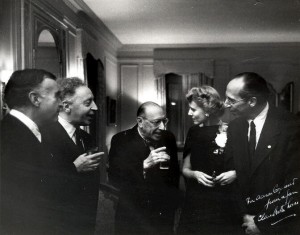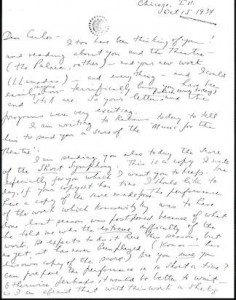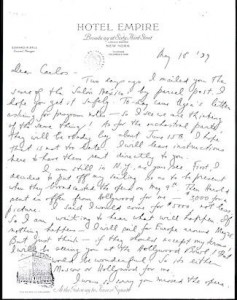The 1930s were a much different time than today. There was progress being made in lots of different areas in America. Especially when it came to automobile developments The 1920s had ended and a new decade began. The 1930s were known for a few things but the ones that most people remember are jazz, the dust bowl, and the great depression. Things in America were becoming more developed but there also were still uses of older technology to get work done and in this image that is shown. We see that on the left they are talking about the difference of automobile design from the 1920s vehicles and the 1930s vehicles. How the 1920 vehicles had characteristics of more square shapes. Along with flat windshields, a more square body and overall looked more squared. The vehicle from the 1920s shows that of a tour bus that was in this style. We then see the new look of the 30s. This is a president model Studebaker. A name that just resonates new and fancy. It has a more streamlined design and different headlight design, and more round parts to its body style. It gives the atmosphere of flight and speed which contrasts the bus from 1920. To further contrast these two designs we see a group of men working to clear fords. They are using a horse-drawn wagon and according to the details it is in Rock Creek Park. This was in Washington D.C in 1930. This contrast in this image was also reflected in the classes in America. The rich and wealthy were also mostly white individuals. Got to experience the new and luxurious while the lower classes had to struggle to survive. The great depression started and this further made these imbalances grow. All of this is still seen in modern times with the fact that class imbalances between people are still occurring. The wealthy white upper classes get to enjoy the luxuries and benefits of the higher class society. The lower classes which are made up of the minorities often. Struggling and having to deal with discrepancies in even basic rights makes it so they have to fight multiple battles to just make ends meet.
mdp-39015003875757-202-1731707996
Shaw, Renata V, and Renata V Shaw. A Century of Photographs, 1846-1946 : Selected from the Collection of the Library of Congress. Washington, D.C: The Library, 1980. mdp-39015003875757-202-1731707996



